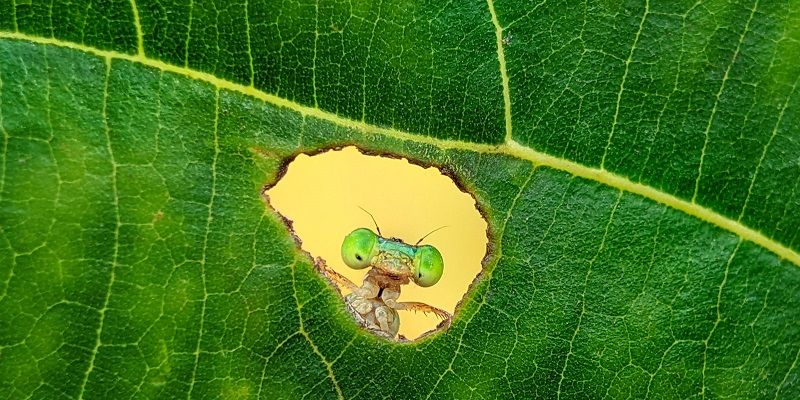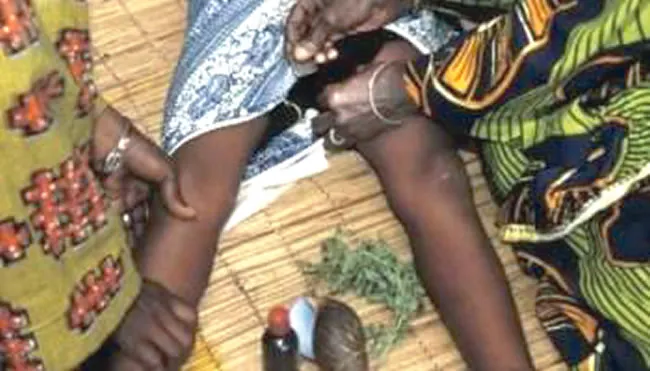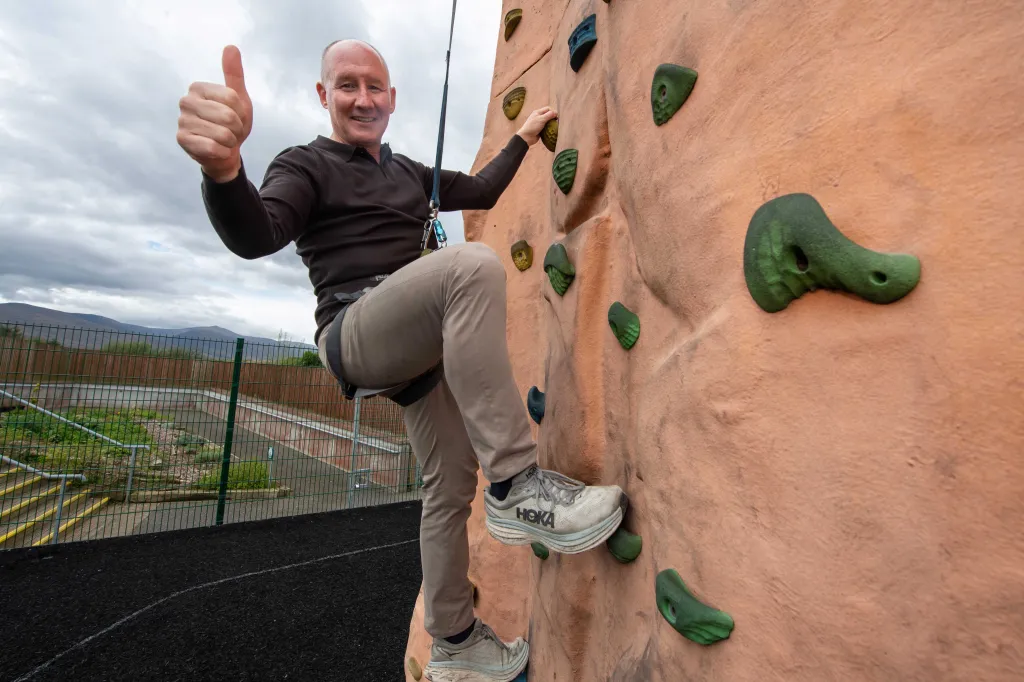Copyright yourstory

Launched in 2014, PhotoSparks is a weekly feature from YourStory, with photographs that celebrate the spirit of creativity and innovation. In the earlier 910 posts, we featured an art festival, cartoon gallery. world music festival, telecom expo, millets fair, climate change expo, wildlife conference, startup festival, Diwali rangoli, and jazz festival. The Nature inFocus Foundation will be launching the 2025 edition of its popular annual festival on 15th-16th November at Jayamahal Palace, Bengaluru. First launched in 2014, the festival has been bringing together the nature and wildlife community to celebrate the natural world and work towards its conservation (see our coverage of the earlier editions from 2017 onwards here). “The 2025 edition of the Nature inFocus Festival represents a maturing of both vision and scope. What began in 2014 as a small gathering of photographers has evolved into one of Asia’s largest nature and conservation festivals, a space where science, art, and storytelling converge,” festival founder Rohit Varma tells YourStory. The theme this year is Blurring Boundaries. “It highlights coexistence and shared spaces and encourages audiences to recognise that protecting nature begins with recognising our place within it,” Varma explains. The photography contest received an overwhelming response from the community. “More than 16,000 images were submitted from over 35 countries,” Varma explains. Some of the finalists are showcased in this photo essay; the winners will be announced at the festival. “This year, a new category was introduced, Coexistence. It is supported by the Coexistence Consortium,” he adds. “By awarding the best work in photography and filmmaking, we spark conversations, build awareness and inspire the community at large,” he says. The festival brings together conservation scientists, filmmakers, researchers, policymakers, artists, and students. “It creates a platform where new partnerships and impact-driven stories can emerge,” he adds. The curation team has positioned the festival in a manner that appeals to a larger audience. They are also taking steps to ensure that the event itself is more sustainable and inclusive. There is a strict no-plastic policy, and there is greater accessibility for diverse audiences. “This year’s festival is supported by a strong network of conservation and philanthropic partners. They share our vision of making nature communication more accessible and inclusive,” Varma says with pride. Partners include Wildlife Conservation Society–India, which works to protect wildlife and wild places through science-based conservation, community engagement, and policy advocacy. Nature Conservation Foundation conducts ecological research and implements conservation initiatives across diverse ecosystems, from snow leopard habitats in the Himalayas to coral reefs in Lakshadweep. Other partners are Conservation India, a platform dedicated to enabling conservation action by providing credible information, campaigns, and tools. The Coexistence Consortium is a collaborative network of researchers, communicators, and practitioners working to promote human–wildlife coexistence through research and storytelling. The Pirojsha Godrej Foundation is a philanthropic arm of the Godrej Group. It supports environmental and conservation initiatives across India, including the protection of mangroves and urban biodiversity. The festival features thought-provoking talks, immersive panel discussions, fireside chats, film screenings, a photography exhibition, art installations, a ‘conscious brands’ pavilion, and photography awards. The film Wild Tamil Nadu will be screened for the first time in Bengaluru. The event will end with a performance by legendary folk-fusion band, Indian Ocean. “We are expecting more than 3,500 attendees at the festival this year. 30 exhibitors will be displaying their offering, and more than 25 speakers will be sharing their knowledge, insights and recommendations,” Varma describes. There are also workshops and a quiz for the younger audience. “The sessions at the festival explore the fusion of art and science, the integration of urban and wild spaces, and the importance of cross-cultural partnerships in addressing global environmental challenges. It is a celebration of unity, innovation, and the power of interconnectedness in safeguarding our planet,” Varma affirms. The lineup of distinguished speakers includes historian Ramachandra Guha, Padma Shri awardee Naresh Bedi, wildlife photographer Dhritiman Mukherjee, primatologist Mewa Singh, author Ishan Shanavas, and wildlife biologist Vidya Athreya. Other speakers are conservationist Romulus Whitaker, cinematographer Rajesh Bedi, researcher Tarsh Thekaekara, naturalist Kalyan Varma, and filmmakers Janaki Lenin and Aravind Mohanraj. Looking back at nature conservation efforts this year, Varma says he is deeply optimistic. “Across India, there has been a remarkable rise in young people engaging with conservation as researchers, filmmakers, photographers, communicators, and nature enthusiasts,” he observes. Social media has become a bridge connecting people to nature, inspiring citizens to see themselves as active participants rather than bystanders. “But key gaps still remain in communication, accessibility and representation,” he cautions. “Conservation work often stays confined within expert circles. That makes it feel distant or overly technical to the wider public. At Nature inFocus, we address this by creating an inclusive space where everyone, from students to industry leaders, can connect, collaborate, and contribute,” Varma affirms. “Bridging these gaps through accessible, positive, and participatory storytelling is what will truly drive lasting change,” he suggests. He also has a message for the audience about nature conservation. “You don’t have to be a scientist to make a difference. Every act, from observing birds in your neighbourhood to reducing plastic waste or supporting local conservation initiatives, contributes to a larger collective effort,” Varma emphasises. “Our festival helps people find their entry point into this movement. By bringing together scientists, artists, and citizens in one space, we make conservation personal, tangible and inspiring,” he says. The goal is to help people see nature not as something “out there,” but as something everyone is part of and responsible for. “When people connect emotionally with nature, participation follows, and that is where transformation begins,” Varma signs off. Now what have you done today to pause in your busy schedule and harness your creative side for a better world? (All photographs courtesy Nature inFocus Foundation.)



